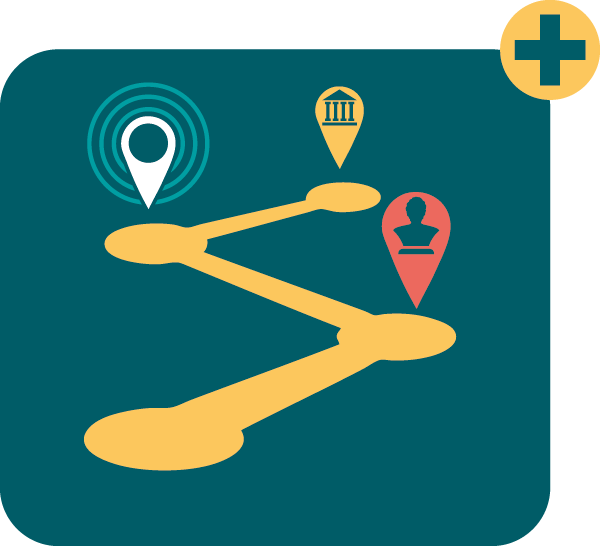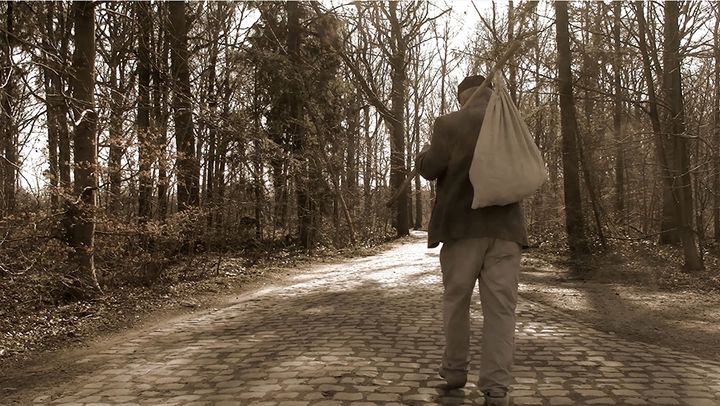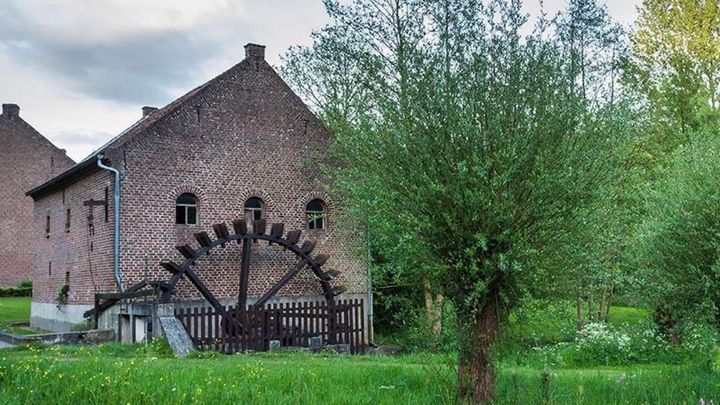"Getting some fresh air by the sea," who doesn't love it? For us 21st-century people, the coast is an almost natural vacation destination, within easy reach for just about everyone. For many of our ancestors of the 19th and early 20th centuries, the sea was much further away: they simply could not afford to stay at the coast. Vacation colonies changed this, introducing thousands of children to the healthy sea air over the course of the past century.
But what did these colonies entail? Who organized them? And what memories did the children keep of them? The tour Everyone to the Sea! Vacation colonies in Koksijde and Nieuwpoort takes you by bike on a discovery of the vacation colonies of yesteryear. The tour offers an intense historical reconstruction based on site visits and background information, combined with personal testimonies of both monitors and children.
Health, nutrition and hygiene
The tour starts at the chapel 'Ster der Zee', the home itself was demolished. So to my surprise, the name of the neighboring streetcar stop 'Koksijde Ster der Zee' which I passed so many times in my vacations, is taken from this place! The introduction in the form of an audio clip starts here and tells how countless socially disadvantaged, sick and tuberculosis-weakened children were able to spend the summer months in the healthy sea air thanks to the support of charities and, later, the mutual health insurance company.
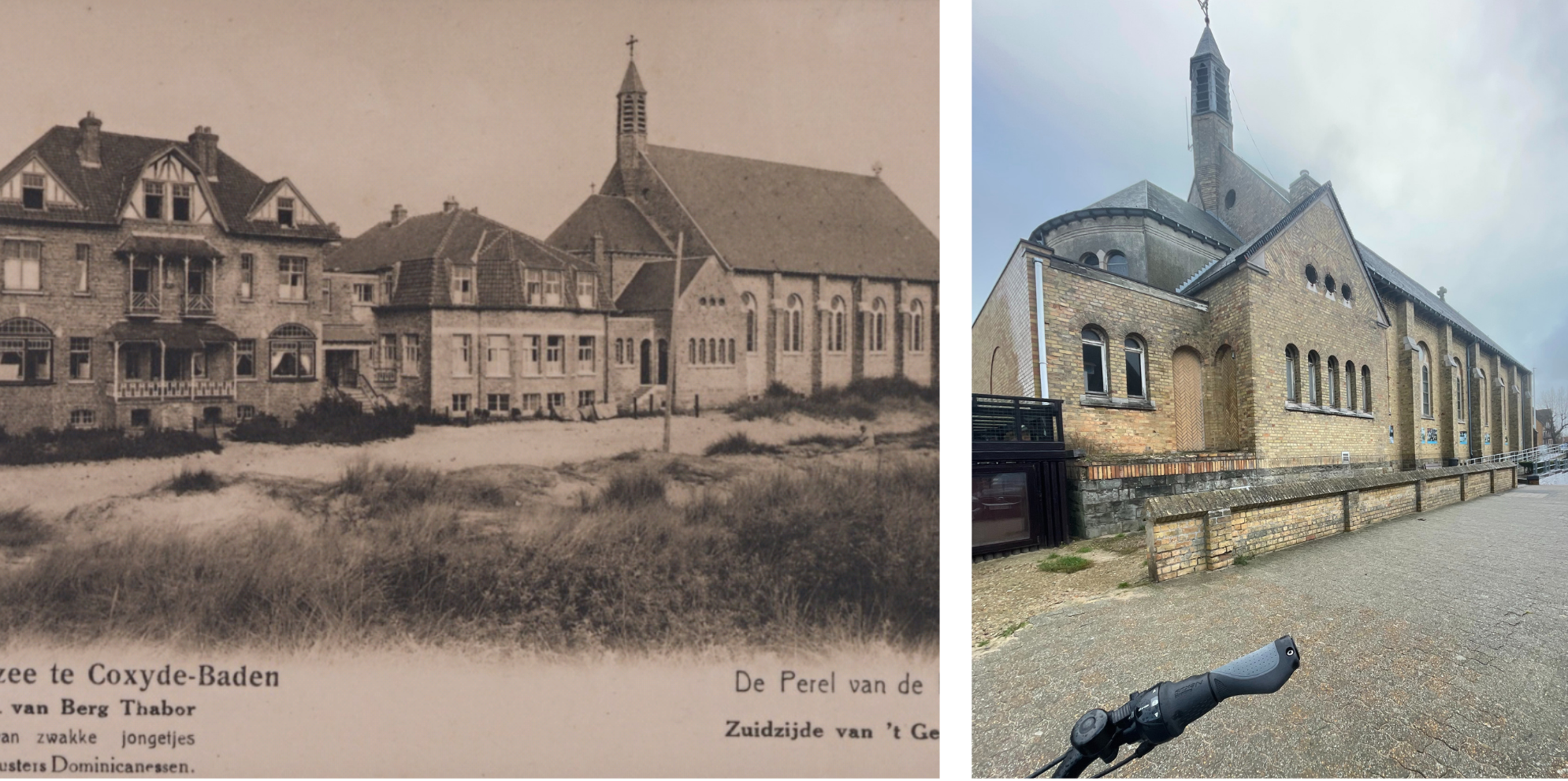
"Health, nutrition and hygiene were central," it continues. How these three basic needs were met varied greatly depending on the spirit of the times and the views of the compartmentalized charitable organizations. This is reflected in the - sometimes harrowing - testimonies of the "colony children" offered by the tour. These testimonies are linked to the colonies you stop at, which enhances the visitor's experience: you are literally standing next to the specific place that is so vividly told about.

A stop at the "Home Edouard Pecher" tells me that the building is now used as an art academy. The windows are richly decorated with paintings and sculptured sculptures. Although the building was given another name and function, not only the architecture but also the photographic reconstruction of the tour immediately takes you back 60 years. The traces of the colony are also still visually evident here: the imprint of the letters "Home Edouard Pecher" still shines through on the facade of the building.
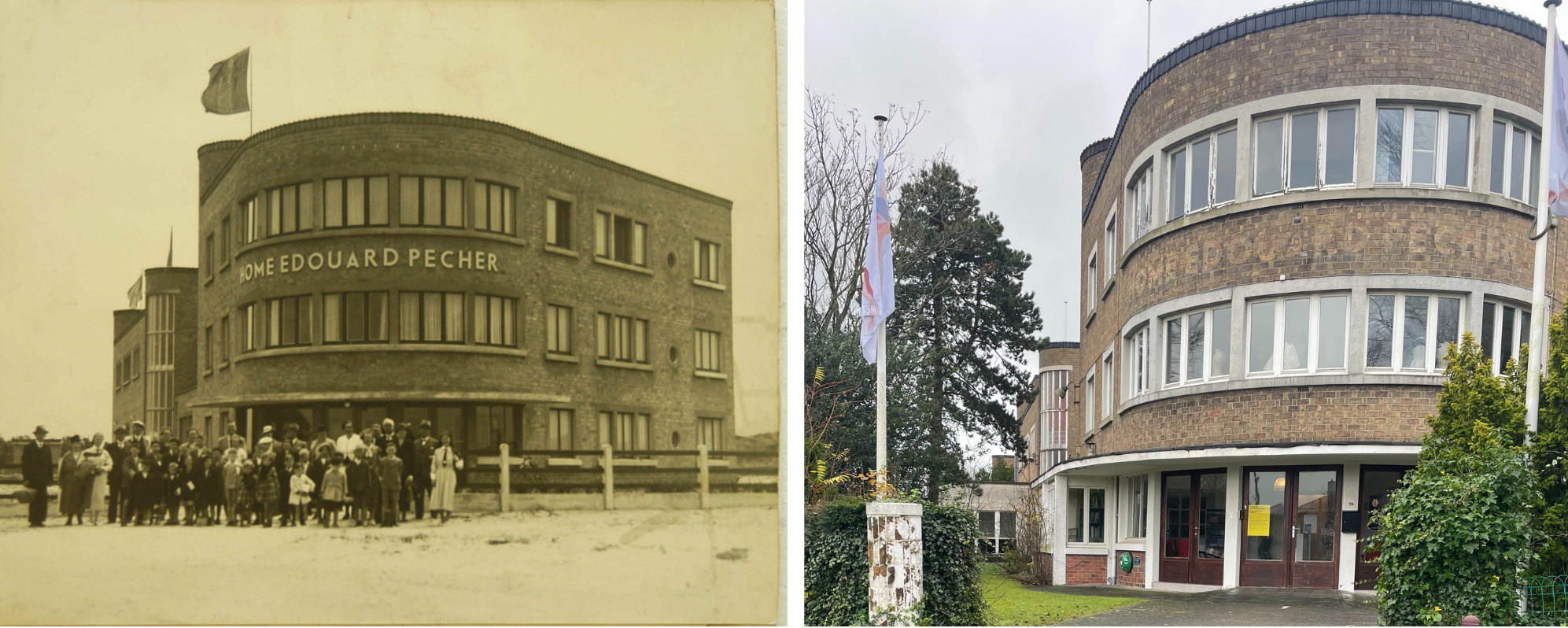
To get an overall picture of the vacation colonies, the tour covers 26 kilometers and passes no fewer than fourteen sites. Each colony looks different and has its very own history that is aptly reconstructed through photographic material, a sketch of the historical context and the already mentioned testimonies. If you want to (re)discover only one of these colonies, there is of course the possibility to visit only that point with the app.

At the end of the tour, you hear a testimony from a local resident who describes the children of the colonies as "neat and seasoned." When I ask my uncle, a Panamanian, how he experienced the colonies in his area, he manages to tell me that as a child he could not fathom that many of the vacationers there saw the sea for the first time. When he questioned a colony child about this, the latter would answer the following "And you? Have you actually seen the Kempen?" Next stop with the ErfgoedApp: the Kempen perhaps.
Practical
Would you like to explore with Everyone to the Sea! Vacation Colonies in Koksijde and Nieuwpoort? Then download the ErfgoedApp in the App Store or via Google Play and download the tour.
Credits
This tour is a collaboration of master students of History from UGent Elise Huughe and Manon Mortier and the Municipality of Koksijde (Culture & Heritage Department & Municipal Archives of Koksijde). Thanks go to Martine Vermandere and Amsab-ISG.
